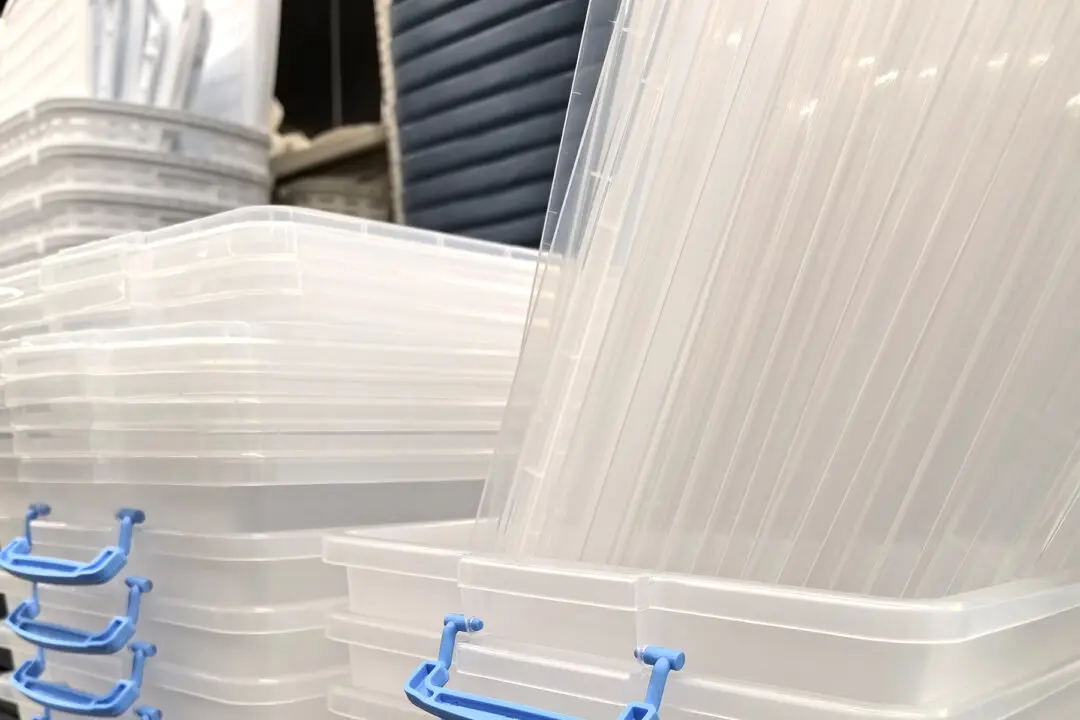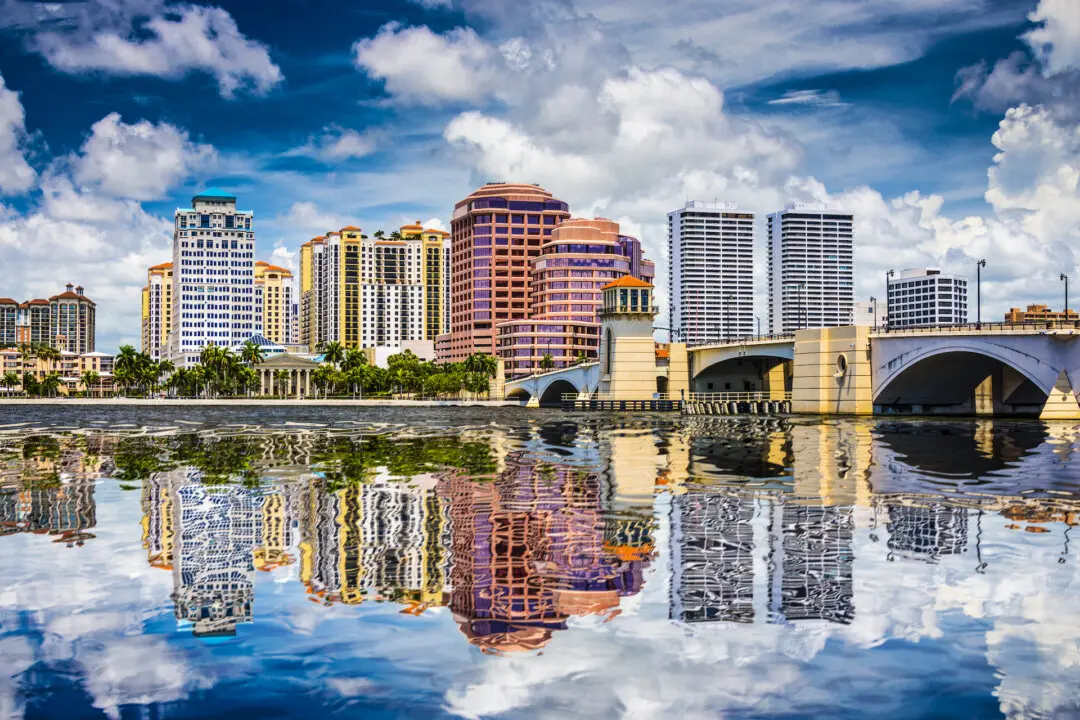By Lesley Sauls Frederikson
The quintessential symbol of Rome is the Colosseum. Think of Audrey Hepburn and Gregory Peck zooming past its lofty arches in “Roman Holiday” and souvenirs with the structure emblazoned on their sides. When my husband and I were planning our five-day trip to Rome, we put this at the top of our list, and working out the particulars of our visit led to something of an education.






